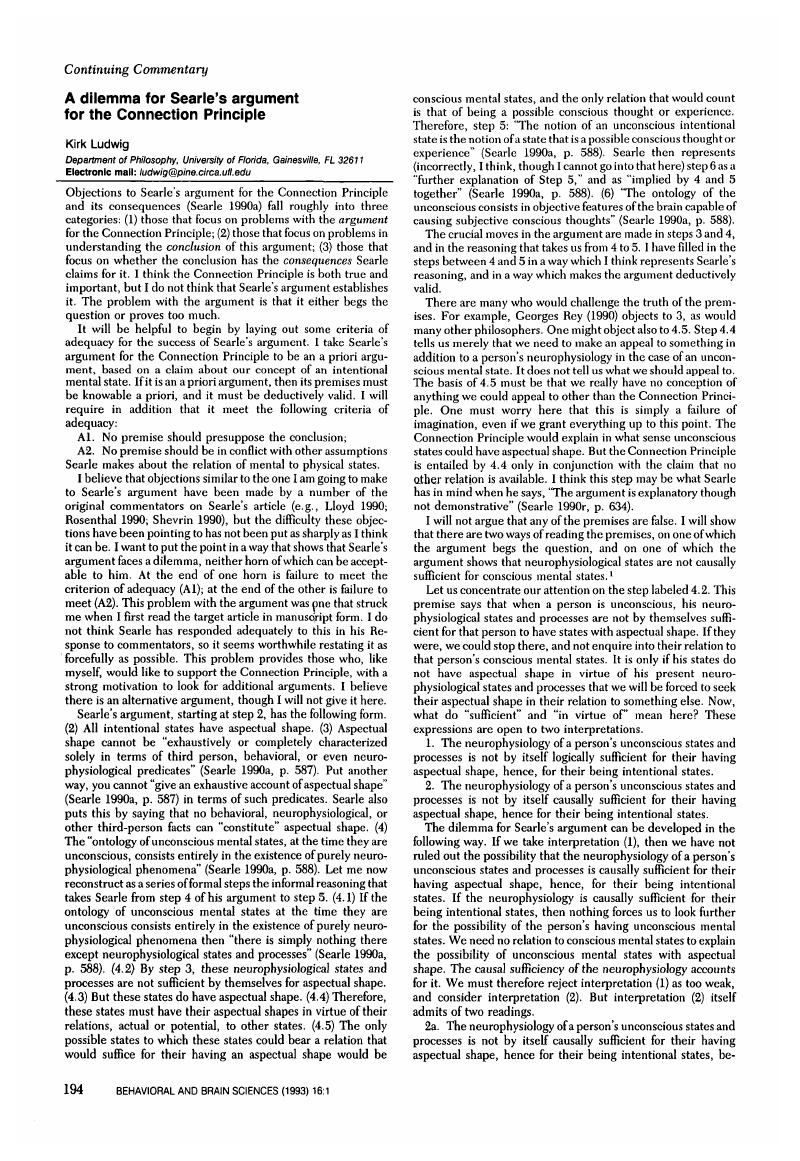Crossref Citations
This article has been cited by the following publications. This list is generated based on data provided by Crossref.
Fuertes, Pedro Chacón
and
Durán, Juan Hermoso
2009.
Lenguaje, Naturaleza y Ciencia.
p.
183.



